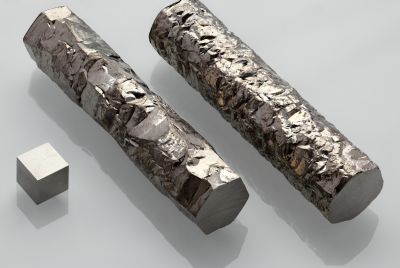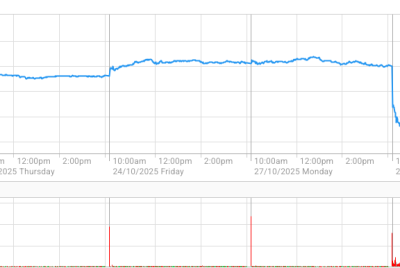Scientists suggest new way to repair stretch marks, warn topical products lack scientific research
Most available products to treat stretch marks lack solid scientific research, and people should not rely on creams and ointments promising to reduce pregnancy stretch marks, according to a new study. Researchers suggest that stretch marks should be treated at a molecular level, instead of repairing the stretched skin.
The study, published in the British Journal of Dermatology, shows the link between the elastic fibre network present in the dermis, or the middle layer of skin composed of cells and connective tissue, and stretch marks after pregnancy. This network tends to be disrupted after giving birth, potentially making the marks permanent.
Elastic fibres are involved in the elasticity of the skin or the ability to "snap back" after stretching. Pregnancy tends to disrupt this elastic network and the skin’s repair ability.
The disrupted ability of the skin to repair the elastic network results to a more lax and loose skin in stretch marks. Researchers from the University of Michigan say that about 50 percent to 90 percent of women have stretch marks.
Some women are at higher risk of having stretch marks because of factors such as family history, the weight they gain during pregnancy, single or multiple birth, and if they already had stretch marks before giving birth.
"Stretch marks may compound the stress of new motherhood for many women, it's important to learn more about them," Frank Wang, assistant professor and dermatologist at the University of Michigan Health System, said in a press release. "Some women feel like their self-esteem, quality of life and willingness to engage in certain activities are affected."
The findings come from the analysis of skin samples from 27 pregnant women who just formed stretch marks in the course of the study. Researchers compared the stretch mark skin to nearby stretched skin on the abdomen and to less-stretched skin on the hip.
To date, earlier study about topical treatments in the market shows that no product is available to effectively repair the disrupted elastic fibres. "Most of the existing products aren't based on solid scientific research. Very few to none of the items touted to prevent or fix stretch marks really work," Wang said.
Wang suggests that future treatments should focus on preserving elastic fibres than on repairing damaged skin with stretch marks. However, treating elastic fibres would be “more complicated than just rubbing something on your stomach.”
Researchers will continue to conduct studies to provide a more effective treatment to help pregnant women prevent or improve the appearance of stretch marks. The findings would potentially be used to help those with stretch marks due to obesity, growth spurts or steroid usage, according to Wang.
Contact the writer at feedback@ibtimes.com.au or tell us what you think below





















